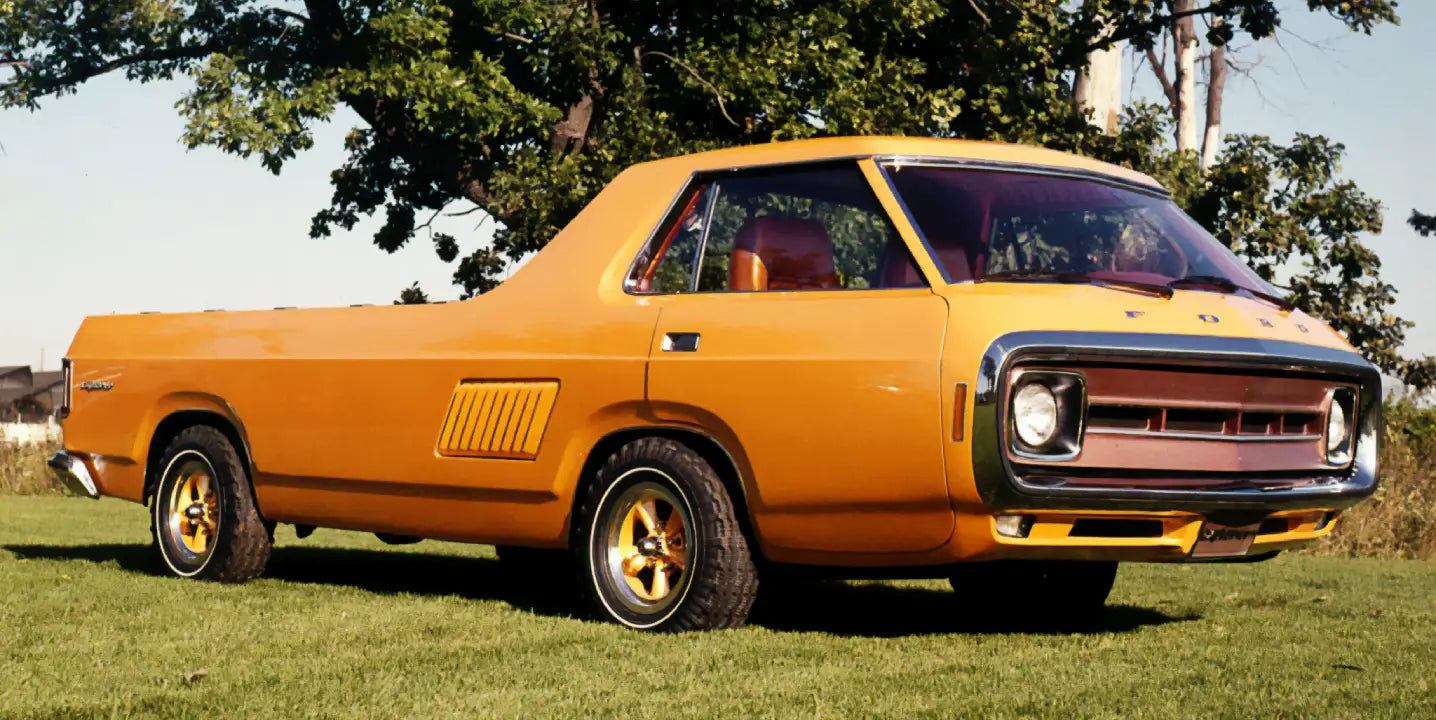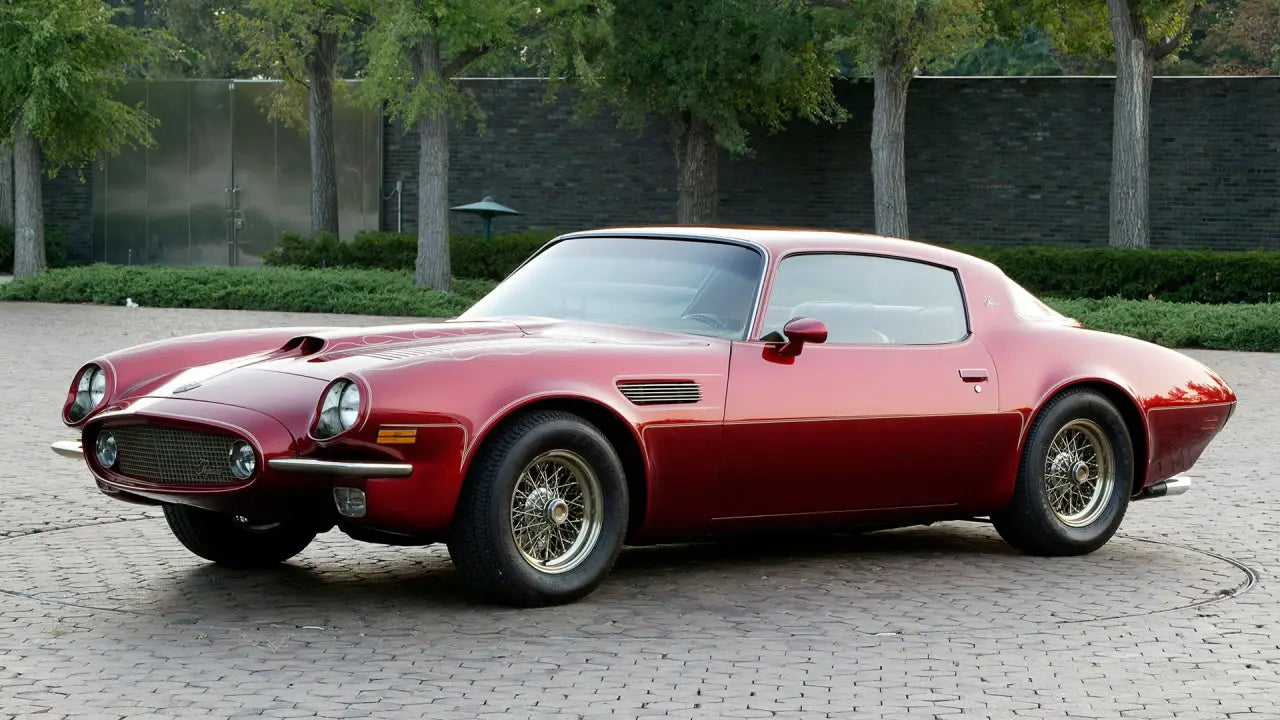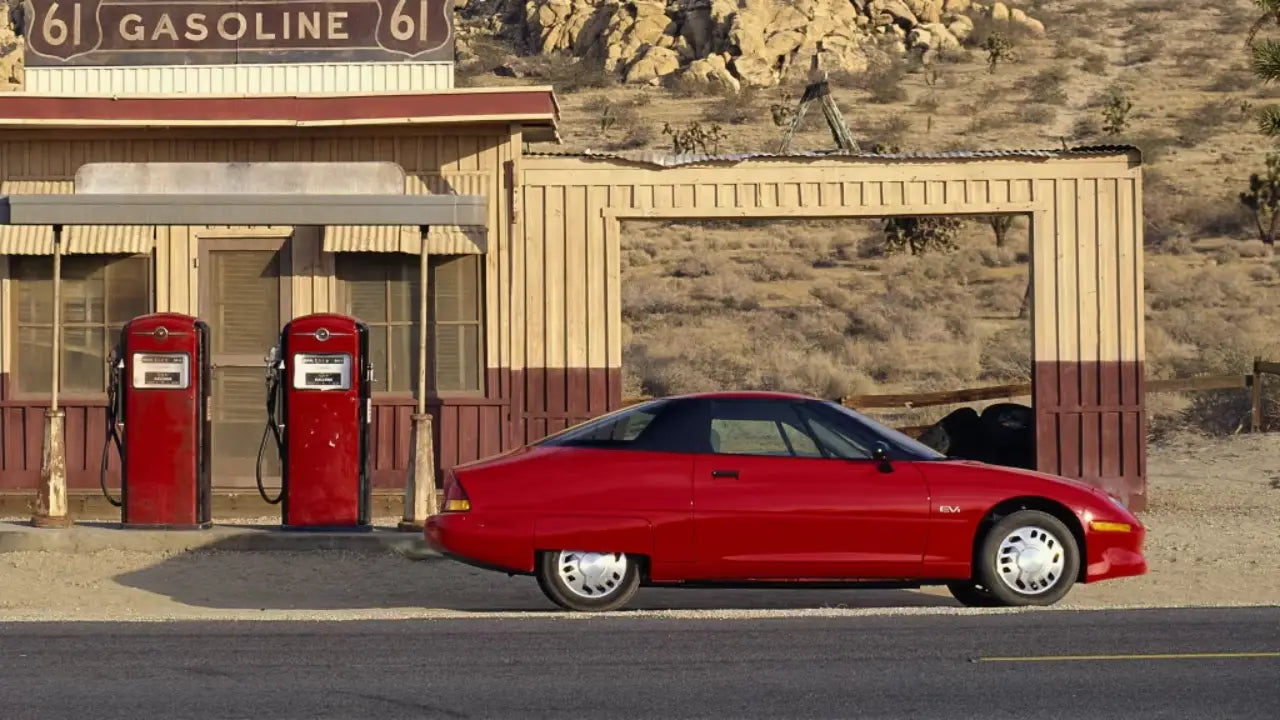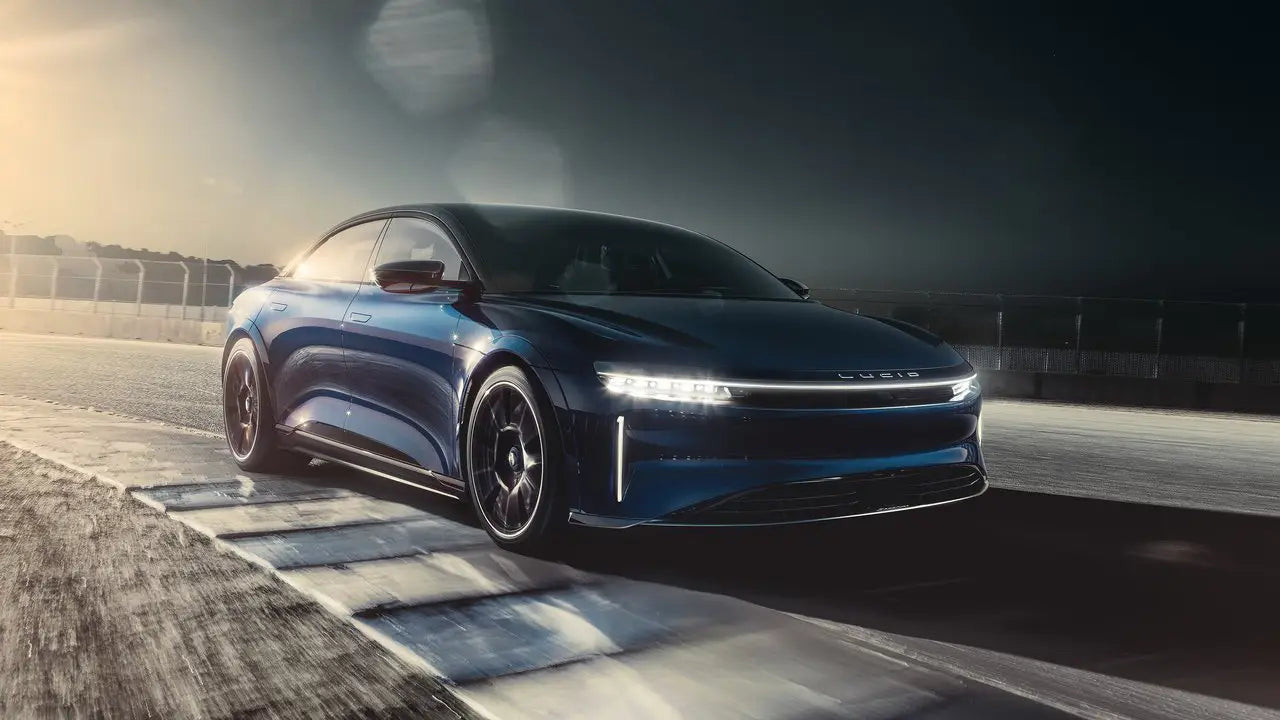Some cars whisper. Others growl. A few scream with pure joy. Underneath every hood lives something more than just machinery, something that breathes, reacts, and expresses emotion. The engine is more than just a power source; it's the beating heart that gives a car its sound, feel, and connection to its driver. The design of the cylinders and the sound of the exhaust are just two examples of how engineering affects a car's personality. That's why no two cars ever feel the same. Let’s discover how engine design defines car personality!
Every Engine Type Has a Soul
Car enthusiasts have always believed that a great engine has soul. That soul is a blend of vibration, sound, throttle response, and character. You can feel it when you press the start button: the hum of anticipation, the rhythm of combustion, and the first note of an exhaust tune. A 1960s V8 muscle car feels heavy, muscular, and defiant. A high-revving Honda VTEC feels sharp, agile, and impatient to move. A turbocharged straight-six engine strikes a balance between refinement and aggression. Each has a distinct voice, and each voice reveals something about the car’s personality.

The DNA of Character: How Engine Architecture Shapes Personality
Beneath the sound and speed lies the engine's architecture. This design really shapes its personality: the way it works, how it feels, and how it reacts to what you do. Various architectures give off different vibes. Some engines are all about achieving a smooth ride and balance, while others prioritize packing a punch or being highly efficient in a compact package. To get a feel for a car’s vibe, you’ve got to check out its mechanical makeup first.
Car Engine Types By Layout
-
Inline Engines: Measured, composed, and balanced. Cylinders are arranged in a single line. Inline engines are common in small cars and sports sedans. They are known for being simple, balanced, and smooth, which makes them easy to keep. The famous BMW straight-six is a great example; it sounds great and is very smooth.
-
V Engines: Strong, muscular, and full of energy. Two angled banks make a "V" shape around the cylinders. This setup lets you move more in less space. For example, a V8 produces that famous deep rumbling and huge torque, which is almost a hymn to American automotive culture.
-
Flat (Boxer) Engines: Low, wide, and quirky. Pioneered by Porsche and Subaru, boxer engines lay cylinders horizontally, allowing them to “punch” in opposite directions. The result is a low center of gravity, superb handling, and a signature burble that fans recognize instantly.
-
W Engines: Complex, indulgent, and smooth as silk. A rare and complex design with three or four cylinder banks (like the W12 in Bugatti’s Chiron). These are smooth, powerful, and designed purely for performance luxury, mechanical opulence at its best.

Car Engine Types By Configuration
-
Naturally Aspirated: These engines breathe on their own, pulling in air without assistance. They’re known for sharp throttle response, predictable power delivery, and that glorious sound. Naturally aspirated engines add a purist personality to cars.
-
Turbocharged Engines: These use exhaust gases to spin a turbine, forcing more air into the engine. The result? More power and torque from smaller engines. Modern turbos provide smooth acceleration and that addictive whoosh of boost: power with personality.
-
Supercharged Engines: Unlike turbos, superchargers are mechanically driven by the engine itself. They deliver instant throttle response and a distinctive whine that fans of muscle cars and performance sedans love.
-
Hybrid Powertrains: These combine internal combustion engines with electric motors, providing instant torque while reducing emissions. Like a diplomat, hybrids are bridging the gap between old-school performance and future innovation.

Car Engine Types by Fuel
-
Gasoline: Lively, passionate, and expressive. Gasoline engines sing with drama and flourish. They love to rev, shout, and live loudly, so every combustion is a heartbeat.
-
Diesel: Strong, reliable, and grounded. Diesel engines don’t crave applause; they crave results. Their low-end torque is quiet confidence, that is, strength without showmanship.
-
Hybrid: Blending heart and logic, hybrids symbolize change with integrity. They’re adaptable, proving that evolution doesn’t have to abandon emotion.
-
Electric: Silent but intense. Electric motors have no voice, yet they speak through instant and futuristic acceleration. They represent calm intelligence: power without arrogance.

The Voice of the Machine
Every car has a tone of voice. The deep baritone of a V8 feels commanding. The tenor of a V12 is elegant and passionate. The purr of an inline-four is youthful, energetic, and eager to please. Sound communicates personality, reflecting how cars express emotion. Some engines laugh (Ferrari’s high-pitched wail), some growl (Mustang’s V8), and some whisper (Tesla’s electric hum). But all of them speak. And for car enthusiasts, that sound is a kind of language that bypasses logic and goes straight to the heart.

Power Delivery: How Emotion Feels Underfoot
A naturally aspirated engine builds power gradually, rewarding patience and precision. That’s the personality of a dancer, controlled grace leading to explosive movement. A turbo engine, by contrast, is impulsive. It builds tension quietly, then releases it in a violent rush. That’s the thrill-seeker, unpredictable and thrillingly alive. An electric motor? That’s pure confidence, instantaneous power, and effortless grace. Every throttle press is a conversation between two personalities: yours and the car’s.
The Future Personality of Cars
As we transition into the era of electrification, the concept of “engine personality” is evolving. Electric vehicles have no pistons, no valves, and no combustion. But they do have something new: instant torque and absolute silence. Electric motors deliver performance with a different kind of intimacy. The acceleration is pure, immediate, and linear. The absence of vibration and noise alters the emotional dynamic, trading aggression for serenity.
Manufacturers are now crafting digital soundscapes to give EVs an identity. BMW, Porsche, and Hyundai’s N Division design unique electric “voices” to echo their brand spirit. The soul of speed is no longer just mechanical; it’s becoming an electronic art form.














